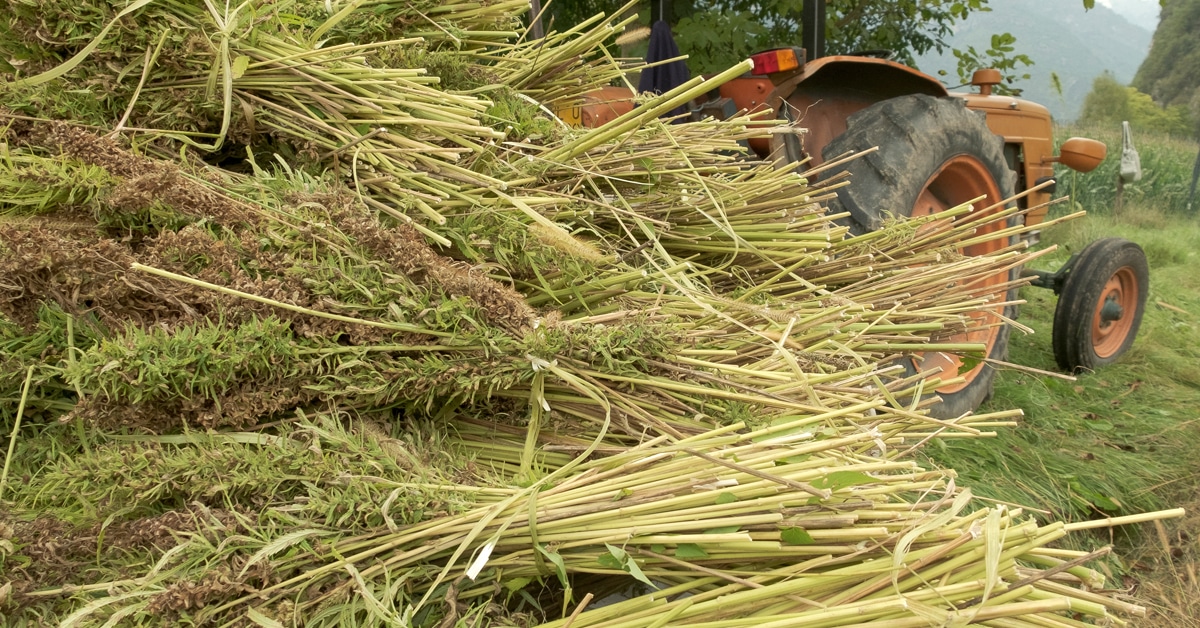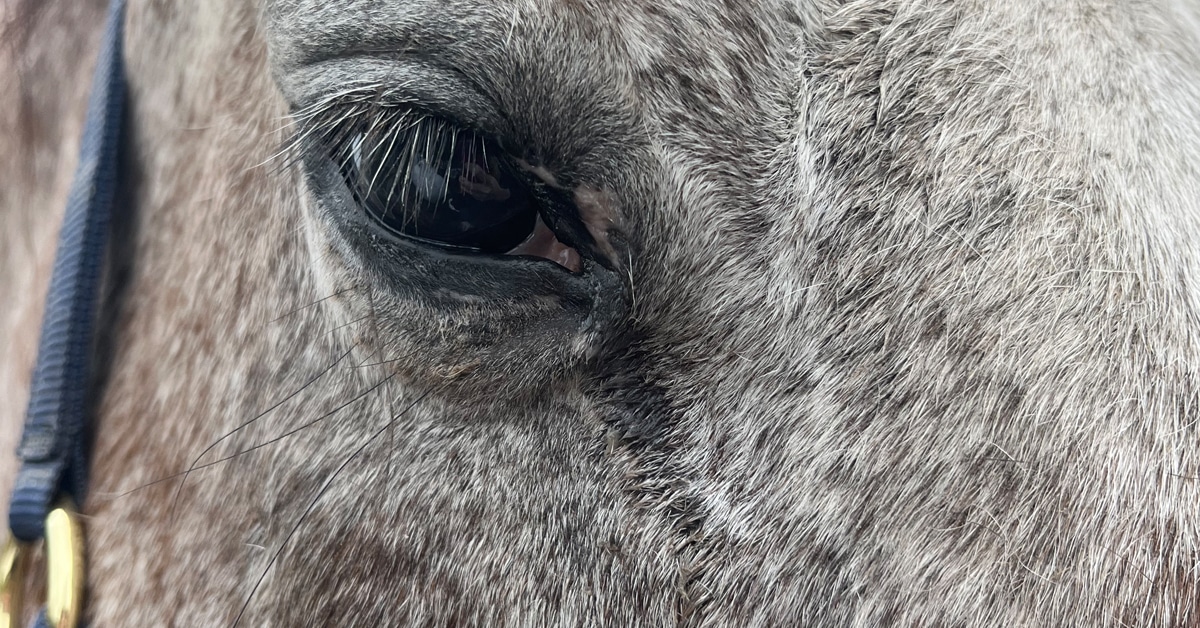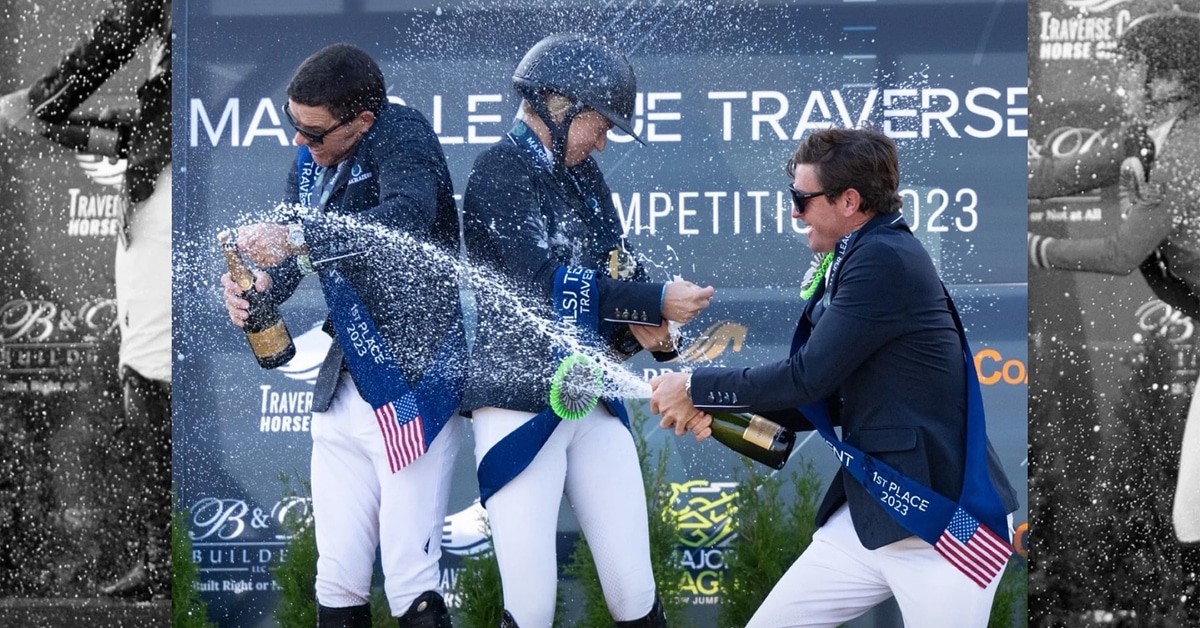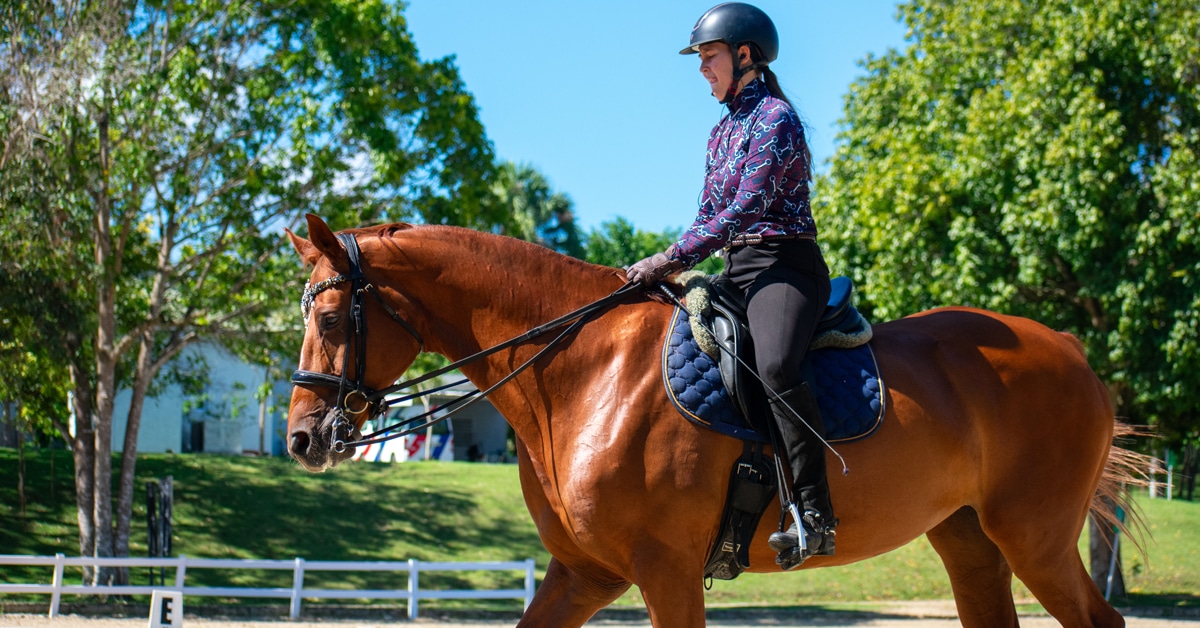HALT, THE FORGOTTEN MOVEMENT
The halt on centreline at the beginning and end of every dressage test is an important opportunity to make good first and last impressions on the judge. The horse doesn’t need to be fancy or have extravagant gaits to get a very high mark for the halt. It is generally seen only from the front, since at most competitions there is just one judge at C.
The halt on centreline is, in my experience as a coach, an often-neglected movement that riders don’t practice enough. Given that it’s both an important movement and one in which a high mark is always possible, the halt on centreline should be a regular part of any training program.
STRATEGIES FOR SUCCESS
One of the first pieces of advice I give my clients is to identify which is the horse’s straighter side. It is easier to make the turn onto centreline in the direction that the horse bends more easily, so I tell riders to enter from that direction in order to make that first turn as easy as possible. If the horse bends more easily to the left, the rider should come from the left onto centre line. If the horse is relatively equal on both sides, I then look to the direction the horse will turn when it reaches C and tell the rider to enter from the same direction as that of the turn at C. If the test requires the horse to track right at C, then the rider with a fairly equal-sided horse should enter from the right.
Another tip I give my clients is to remember to look at the judge’s booth at C while they are on centreline – hopefully with a smile. When the rider has a focal point, she will be more likely to stay straight on the line. When the horse is straight, the halt will be of a better quality. Mirrors at the end of the ring are of great benefit for practicing straightness. I rely heavily on them when I practice centrelines. A person standing at C can also be very useful in telling the rider whether or not she is straight. The person need not be a coach; it doesn’t take an expert to determine whether just the two front legs are visible – which is correct – or if three legs are visible, indicating the horse is not straight. I also remind riders to use their peripheral vision when preparing to halt at X; it’s a skill that has to be developed.
Practicing actual halts should take place on the centreline or quarter lines, not only on the side of the ring where the wall supports the horse from one side. If the horse is lazy or has a tendency to anticipate the halt at X, riding the halt after X or not halting at all is a good way to remedy that inclination. Conversely, with horses that want to run through the aids, I might tell a client to halt several times on the centre line. It’s almost always the case that the training should compel the horse to do the opposite of whatever he is naturally inclined to do – not in a forceful or punishing way, but to improve the quality of all movements and exercises. It’s also important to remember that a halt can be only as good as the horse’s understanding and responsiveness to the basic aids. If the horse is balanced and the half-halts are coming through, the horse will almost naturally halt squarely.
The Latest









